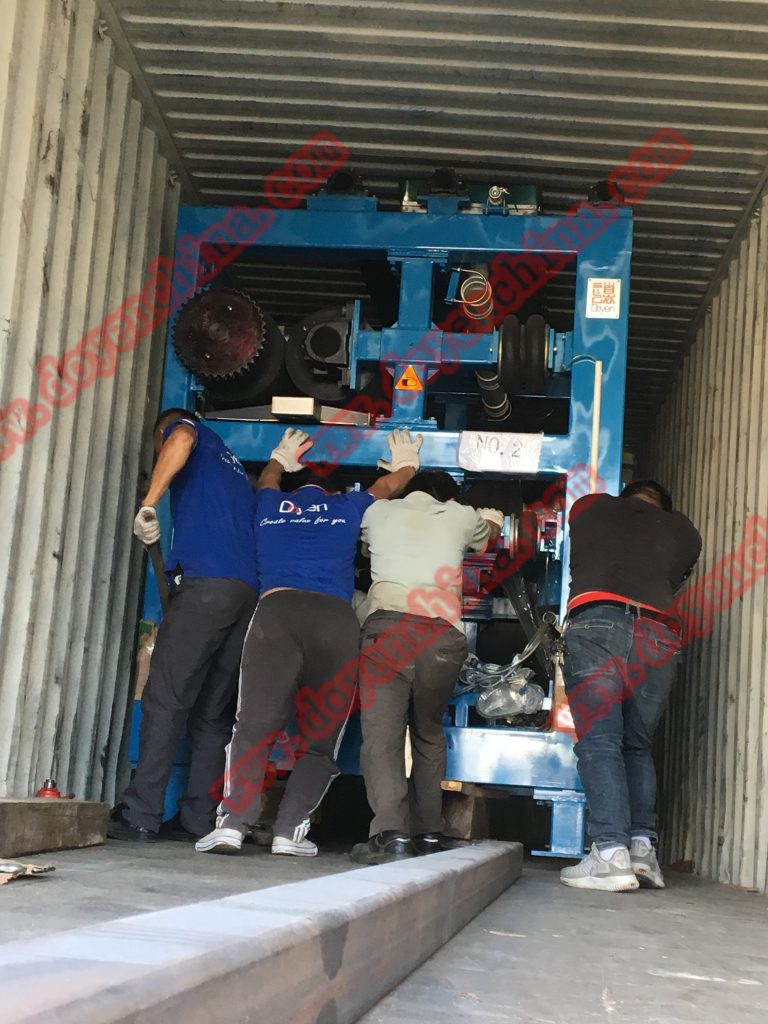

Tel:
+86-757-8633-0278
Email:doyen@doyenchina.com
Fax:+86-757-86287390
Address:Room 201, Building No. 24, Yicui Rose Garden, No. 2, Jihua 7 Road, Chancheng District, Foshan City, Guangdong Province, China 528000.
The solid content of the sludge discharged from the sedimentation tank (or clarification tank) of the water plant is generally less than 1%, and the concentration tank is required for gravity solidification.
After liquid separation, the supernatant liquid is removed, and the sludge volume is reduced, the thickening tank sludge is sent to the subsequent process for sludge dewatering. usually
The solid content of the thickened sludge discharged from the underflow of the thickening tank is required to reach about 3% to 4% to meet the high efficiency of the subsequent sludge dewatering machinery
The need for sludge dewatering.

The continuous flow gravity drainage thickening tank has a variety of different pool types and structural forms, which can be summarized as general drainage.
Muddy water thickening tanks and muddy water thickening tanks with inclined plates are two types. Many water plants in my country are currently facing
The addition of water quality biological pretreatment and advanced treatment technology and the new mud water treatment system and other infrastructure transformation tasks, the land is tight
It is a practical difficulty in many water plants. The thickening tank is a structure with a large area in the muddy water treatment system.
The sludge water thickening tank of the plate can effectively increase the solid flux in the thickening process, thereby significantly reducing the area of the thickening tank.

Due to the ratio of organic components, sludge content composition, sludge specific gravity and
The properties of these two types of sludge thickening tanks are fundamentally different, so the solid flux and the average stoppage of the solids in the thickening tank are
Design parameters such as retention time should be quite different. Water plants that take water from different sources, due to suspended impurity particles in the raw water
The difference in composition distribution and algae content in the water also affects the sedimentation speed and solid-liquid separation of solid particles in the sludge discharged from the respective water plant
Performance, etc. Therefore, before designing and determining the area of the sludge thickening pond of a water plant that takes different water source water, it should generally be properly settled.
The static sedimentation test and even the dynamic sedimentation test of the muddy water of the sedimentation pond can obtain more accurate design parameters such as solid flux of the thickening pond.
number.
The sedimentation of particles in the thickening tank of the sludge water of the water plant is a crowded sedimentation process with a certain flocculation effect.
A certain depth below the liquid level of the concentration tank enters the tank for concentration. Inclined plate thickening tank cannot use downward flow for solid-liquid separation
To separate, the solid-liquid separation and concentration process of the muddy water should be carried out by combining the lateral flow and the upward flow.

In order to effectively promote the uniform flocculation between the sludge particles in the thickening tank, the bottom of the thickening tank should be set to scrape the mud from the bottom of the tank.
The device is assembled with a straight rod stirring device that slowly stirs sludge.
Doyen specializes in providing belt press equipment for the Southeast Asian market. Welcome to visit our workshop and formulate a more scientific plan based on the actual situation of your company. Welcome to visit joyce@doyenchina.com or visit https://www.doyenchina.com.
Jan-07-2021
admin

 +86-757-8633-0278
+86-757-8633-0278 doyen@doyenchina.com
doyen@doyenchina.com Sitemap
Sitemap